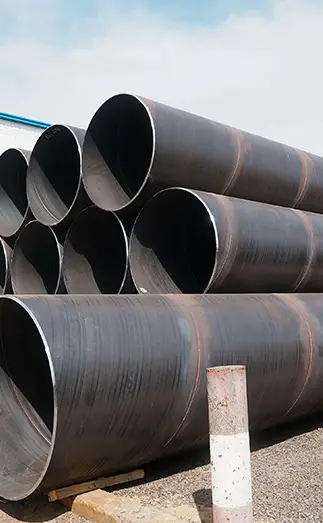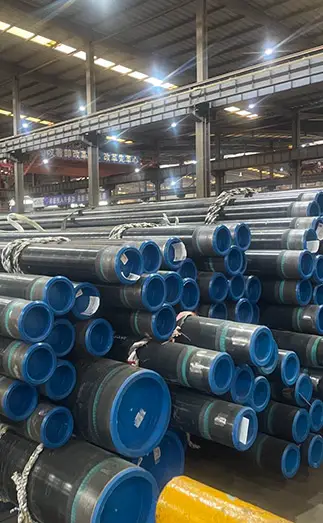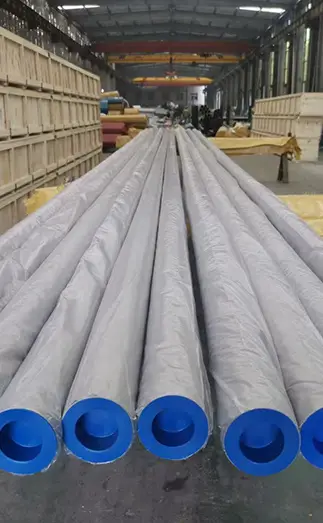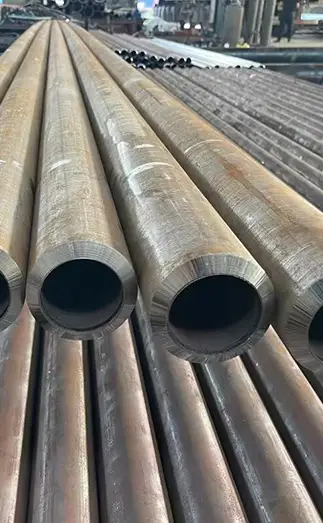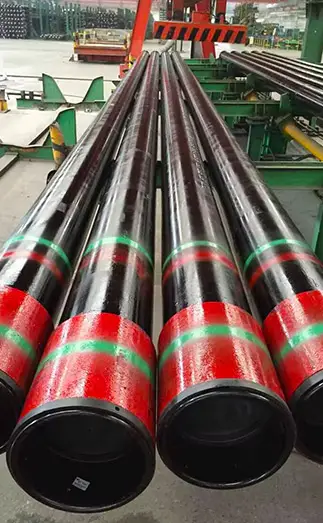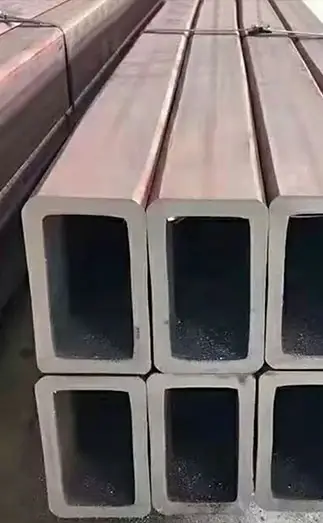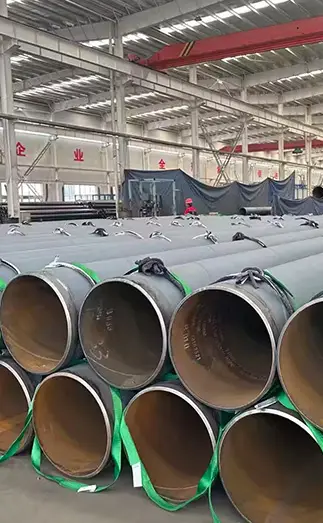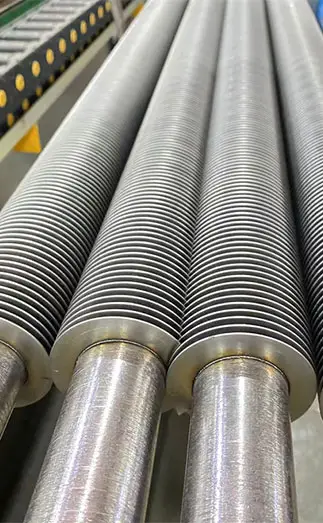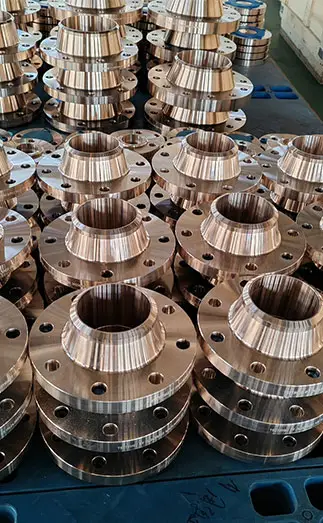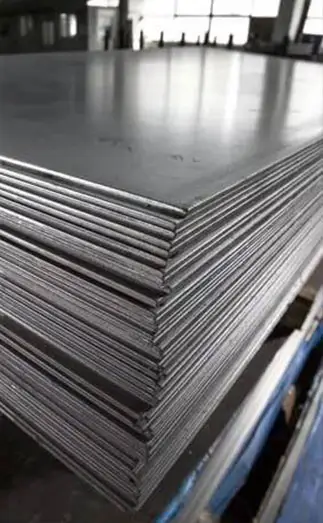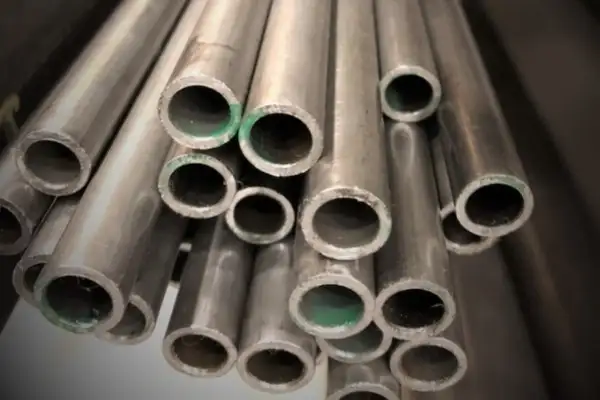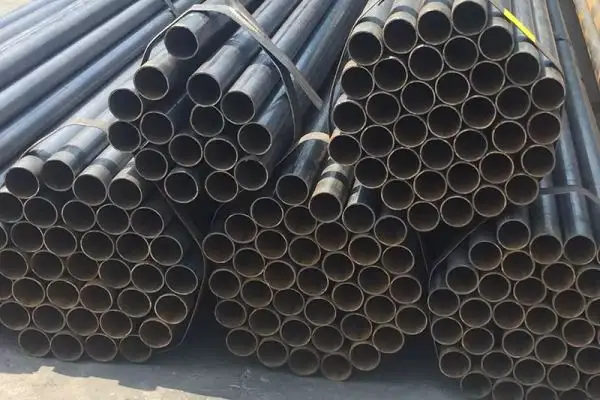Manufacturing standards are the cornerstone of ensuring the quality, performance, and safety of seamless steel pipes. Because these pipes are used in a wide range of industries under different service conditions, multiple standards have been developed by national authorities, international organizations, and industry associations. Below is an overview of major standard systems across key regions.
China Seamless Steel Pipe Standards (GB/T)
As one of the world’s largest steel pipe producers, China has a comprehensive standard system:
GB/T 8162 – Structural seamless tubes (non-fluid use).
GB/T 3087 – Seamless tubes for low/medium pressure boilers.
GB/T 5310 – High-pressure boiler seamless tubes (carbon, alloy, stainless).
GB/T 9711 – Oil & gas pipeline steel pipes (aligned with API 5L).
GB/T 14975 – Stainless steel seamless tubes for structural use.
GB/T 14976 – Stainless seamless pipes for fluid transportation.
GB/T 3639 – Cold-drawn/rolled precision seamless tubes (hydraulic/pneumatic systems).
American Seamless Steel Pipe Standards (ASTM / API / ASME)
U.S. standards dominate in oil & gas, chemical, and power industries:
ASTM A53 – General-purpose seamless/welded steel pipe.
ASTM A106 – High-temperature service carbon steel pipe.
ASTM A333 – Low-temperature service seamless/welded pipe.
ASTM A213 – Ferritic/austenitic alloy tubes for boilers & exchangers.
ASTM A335 – Alloy steel pipe for high-temperature service.
ASTM A312 – Austenitic stainless seamless/welded pipe.
API 5L – Line pipe for oil & gas pipelines (grades X42–X70, etc.).
API 5CT – Casing and tubing for oil & gas wells.
ASME BPVC – Boiler & pressure vessel code, Sections II & IX.
European Seamless Steel Pipe Standards (EN)
Widely applied across EU and internationally:
EN 10216 Series – Seamless tubes for pressure purposes:
Part 1: Non-alloy, room temp.
Part 2: Non-alloy & alloy, elevated temp.
Part 3: Fine-grain steels, room & elevated temp.
Part 4: Low-temperature use.
Part 5: Stainless steel tubes.
EN 10297-1 – Mechanical & engineering seamless tubes.
EN 10204 – Inspection documents (certificates 2.2, 3.1, 3.2).
Japanese Seamless Steel Pipe Standards (JIS)
Influential across Asia, covering structural, pressure, and high-temperature applications:
JIS G3441 – Alloy steel pipe.
JIS G3444 – Carbon steel for structural use.
JIS G3454 – Carbon steel for pressure piping.
JIS G3455 – Carbon steel for high-pressure piping.
JIS G3456 – Carbon steel for high-temperature piping.
JIS G3458 – Alloy steel pipe for heat exchangers.
JIS G3459 – Stainless steel pipe for piping.
In summary: Seamless steel pipe standards vary across regions but share the common goal of ensuring reliability under specific conditions—whether structural, high-pressure, high-temperature, or corrosive environments.
Seamless Steel Pipe Standards – FAQ
Q1: Why do standards matter?
A: Think of standards as the “ID card” of a pipe. They make sure the pipe meets the right requirements for strength, corrosion resistance, and dimensional accuracy—so you know it’s safe and reliable.
Q2: What’s the difference between ASTM and API?
A: In short:
ASTM covers general industrial use, like boiler tubes and high-temperature pipes.
API is designed for the oil & gas industry, such as line pipes (API 5L) and casing/tubing (API 5CT).
Q3: Are Chinese GB/T standards equivalent to international ones?
A: Yes, many are aligned. For example, GB/T 9711 is basically equivalent to API 5L for oil and gas pipelines.
Q4: Which standard should I choose for high-temperature service?
A: You can consider:
ASTM A335 (U.S., alloy steel for high temperature)
GB/T 5310 (China, high-pressure boiler tubes)
EN 10216-2 (Europe, elevated temperature service)
Q5: Do I need inspection certificates when buying?
A: Usually yes—especially for critical industries like oil & gas or power. Common ones include EN 10204 3.1 or 3.2 certificates, which prove the pipe meets quality requirements.



 English
English Español
Español Français
Français بالعربية
بالعربية